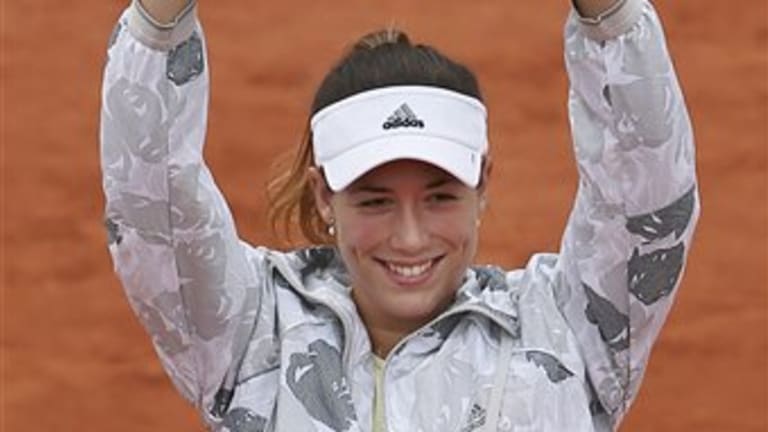Garbiñe Muguruza has a habit of talking about herself in the third person.
“It’s true that Garbiñe has changed,” she said this week at Roland Garros. “Garbiñe has changed quickly. And that’s fantastic for me.”
Garbiñe obviously knows Garbiñe well, because in the space of a few weeks, the two of them have come together to turn their 2016 season from one of puzzling disappointment to one of dazzling vindication.
Just three months ago, Muguruza was raking her coach, Sam Sumyk, over the coals and snapping at him to “tell me something I don’t know” in public. Those of us who had picked her as the season’s likely breakout star were left scratching our heads at her listless, leaden game and wondering what we had loved so much about it in 2015.
On Saturday, Garbiñe, the good Garbiñe, the smiling Garbiñe, the serenely confident and gracefully powerful Garbiñe, reminded us again when she beat Serena Williams, 7-5, 6-4, to win her first Grand Slam title, at Roland Garros. This time she had a different message for her coach.
“I’m just gonna start screaming,” Muguruza said, when she was asked what she would do when she saw Sumyk.
With him, not at him, we presume.
Muguruza said she began the final with Serena with a third-person message to herself.
“Come on Garbiñe,” she said as she walked onto the court, “you can do this. You’ve worked for this all your life, now’s your moment to make history.”
